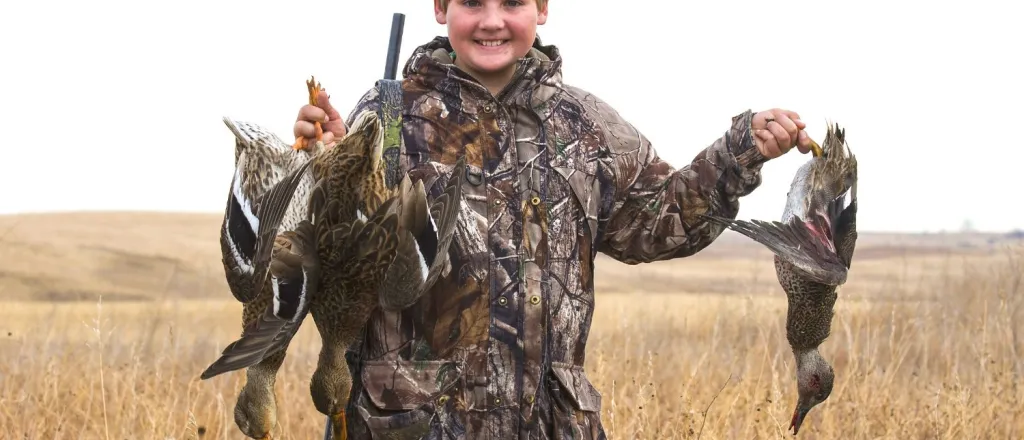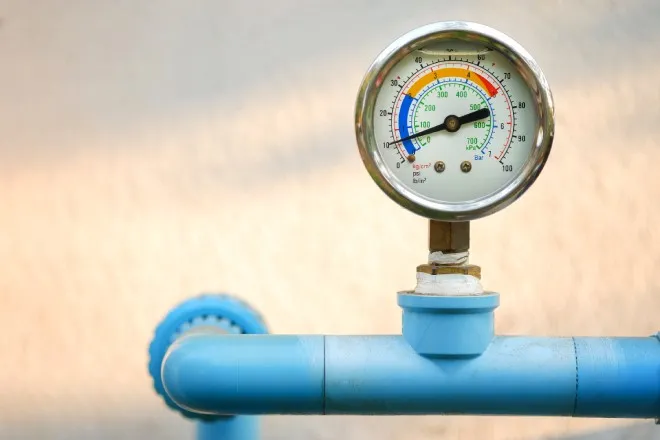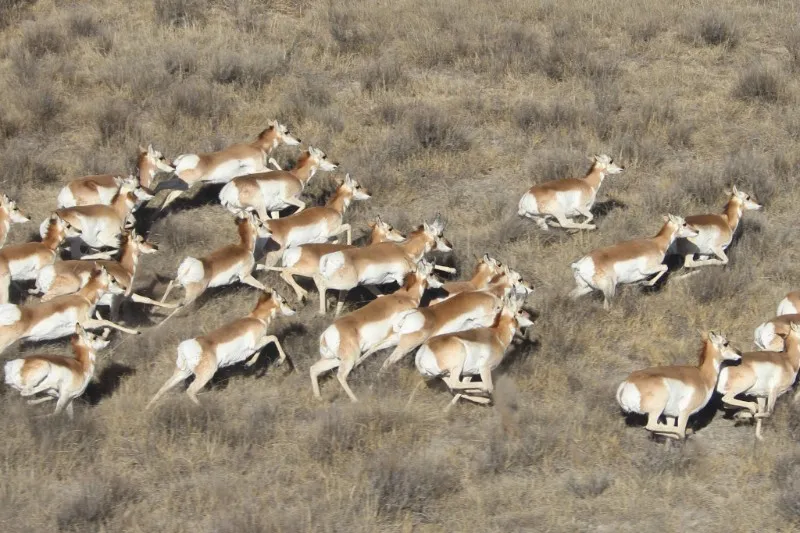
The Most Essential Waterfowl Hunting Gear
As with many new pastimes that you try, it can be tricky to figure out what equipment you really need as a waterfowl hunter. So many products exist, each with their own different grades and styles. But what if you just want to get in the water without getting bogged down in the little details that won’t affect you much as a novice? If you’re new to waterfowl hunting and don’t know what items are worth the investment, follow this essential waterfowl hunting gear list.
Camouflage Clothes
Staying concealed is a fundamental element to waterfowl hunting, as the waterfowl will otherwise notice your presence and get away before you can act. You should get a camouflaged cap, facemask, and jacket so that you blend in with your surroundings when you remain motionless. These will also contribute to your warmth as you lie in wait for your prey.
Waders
As a waterfowl hunter, you must get in the water. Submerging yourself without the right equipment will leave you soaked, shivering, and quite possibly sick after so many hours. This is why you must obtain quality waders. They will keep your legs dry as you walk into the ponds, lakes, and rivers where you’ll find game. You can also select waders with specifications according to your hunting preferences. For instance, some waders will have a rise that ends mid-torso height, while others go all the way up to the chest. Moreover, there are bootfoot and stockingfoot variants, each with their own unique qualities. Bootfoot waders have attached footwear, while stockingfoot waders do not include footwear, so you must buy separate boots for them. Researching the pros and cons of different waders will help you make an informed decision.
Waterfowl Calls
Waterfowl calls are small instruments that imitate the sounds waterfowl make, enticing them to come closer. As with waders, there are many versions here based on pitch, volume, and range. They can be constructed with acrylic, plastic, or wood and may have either one or two reeds. Think about where you will primarily be hunting to make the best choice. To illustrate, if you will be traveling to large bodies of water, a louder waterfowl call would be beneficial. But that same call could frighten waterfowl in a smaller flooded timber area. In general, it is smart to bring along more than one waterfowl call so that you are prepared for different situations, including losing or breaking one of your calls unexpectedly.

















